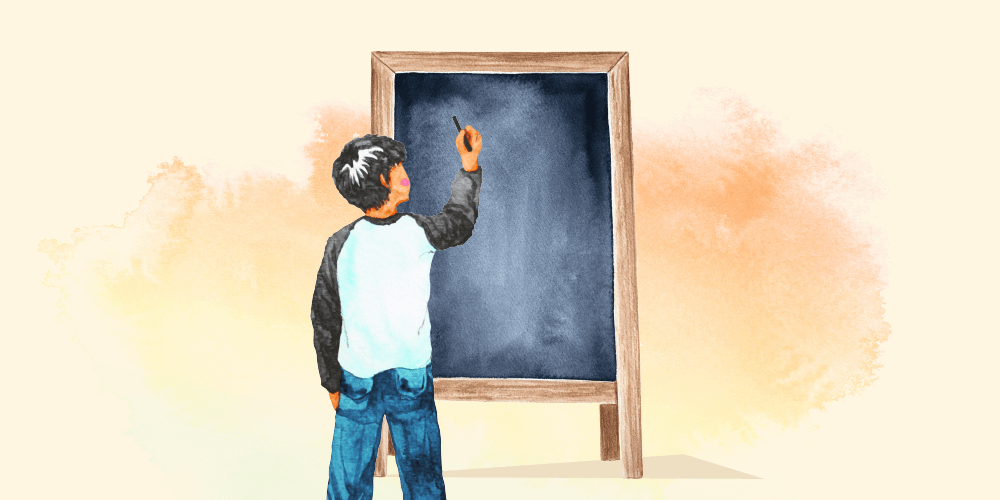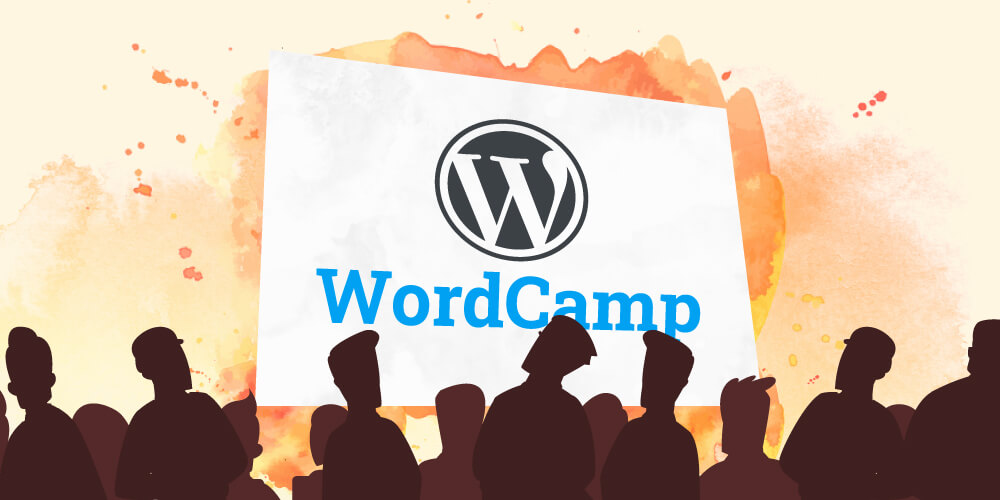You know, many people told me that having an African American Studies degree was useless. But I would be lying if I did not admit it taught me a lot about race and discrimination issues in the United States.
But Nyasha, you are Black?!
Is what people commonly reply when I say that. Yes, indeed I am. I have also experienced a lot of discrimination. That is also true. My degree has helped me give context to people’s intentional or unintentional racism.
Hold on now Nyasha, how is someone racist unintentionally? That makes no sense!
When someone says “unintentional racism,” it may conjure up images of someone accidentally saying a racial slur, or someone harming a group and exclaiming, “No, I would’ve done this no matter who they were!” And that’s not quite what unintentional racism is. Most of it falls under what we call “Microaggressions” because of “Implicit Bias.”
Microaggressions are defined as “Subtle but offensive comments or actions directed at a member of a marginalized group, especially a racial minority, that is often unintentionally offensive or unconsciously reinforces a stereotype. Implicit Bias is “a form of bias that occurs automatically and unintentionally, that nevertheless affects judgments, decisions, and behaviors.” If they sound similar, think of it this way: microaggressions are actions resulting from unintentional racism, and implicit bias is the thing to which you are inferring by that action.
Derald Wing Sue, a professor of counseling at Columbia University is an expert on race and microaggressions in the United States. He also created an excellent list of examples of Verbal and Nonverbal Microaggressions that shows how someone can unintentionally and harmfully discriminate by race, gender, sexuality, class, and more.
Tool: Recognizing Microaggressions and the Messages They Send
| THEMES | MICROAGGRESSION EXAMPLES | MESSAGE |
| Myth of Meritocracy Statements which assert that race or gender does not play a role in life successes, for example in issues like faculty demographics. | “I believe the most qualified person should get the job.” “Of course, he’ll get tenure, even though he hasn’t published much—he’s Black!” “Men and women have equal opportunities for achievement.” “Gender plays no part in who we hire.” “America is the land of opportunity.” “Everyone can succeed in this society if they work hard enough.” “Affirmative action is racist.” | People of color are given extra unfair benefits because of their race. The playing field is even so if women cannot make it, the problem is with them. People of color are lazy and/or incompetent and need to work harder. |
| Denial of Individual Racism / Sexism / Heterosexism A statement made when bias is denied. | “I’m not racist. I have several Black friends.” “As a woman, I know what you go through as a racial minority.” To a person of color: “Are you sure you were being followed in the store? I can’t believe it.” | I could never be racist because I have friends of color. Your racial oppression is no different than my gender oppression. I can’t be a racist. I’m like you. Denying the personal experience of individuals who experience bias. |
His list also undoes the notion that you can be exempt from microaggressions and implicit bias because you are a part of a heavily discriminated against group. Me being a Black woman raised in the United States does not prevent me from intentionally or unintentionally using implicit bias to hurt someone by class measure, disability, or even sexuality. I could even exhibit antiblackness against other Black people.
So, anyone can spread microaggressions. This is something even women and people of color can struggle with at times. Understanding that no one is exempt is part of the learning process. Microaggressions happen for a lot of reasons, but what is also unfortunate is that microaggressions can be just as harmful as overt racist acts. There are also many times when they are even more dangerous. They also show a lack of education around a subject and/or group of people, so statements people make may not only be racist, but ignorant.
[midroll_1]
Why do people not think these actions and words are racist?
That is in large part because microaggressions have been almost historically and universally accepted as “not outright racist” by the dominant groups in power. Microaggressions are in fact extremely racist because they normalize racist ideas and thoughts and make them easier to spread. They also turn racist ideas and watercooler talk into racist actions.
Let’s take an example and use Sue’s chart on microaggressions so it is spelled out neatly.
| THEMES | MICROAGGRESSION EXAMPLE | MESSAGE |
| Myth of Meritocracy Statements which assert that race or gender does not play a role in life successes, for example in issues like faculty demographics. | “Affirmative action and race-based hiring/firing is discrimination against white people and reverse racism.” | People of color are given extra unfair benefits because of their race. The playing field is even so if women cannot make it, the problem is with them. People of color are lazy and/or incompetent and need to work harder. |
An example of one such microaggression that has been a source of big discussion in the tech community is the decision by Twilio to perform layoffs from an anti-racist perspective. A few responses were along the lines that it was reverse racism and affirmative action. Those responses are microaggressions. If we were to chart it, it would go like this: The theme is the “Myth of Meritocracy,” which are statements that assert that race or gender does not play a role in life success. The message is “people of color are given extra unfair benefits because of their race” and/or “people of color are lazy and/or incompetent and need to work harder.”
This may be a wow moment for a lot of people, because if you are not on the receiving end of these statements, you may just now be learning how harmful they are. However, it is very important to know that when you say these things to people, they hear what you really mean. Sue argues that people of color and other minorities hear dozens of microaggressions a day and that they can have severe effects on their mental well-being. He calls it “Death by a thousand cuts.”
Death by mental health and much more sinister means
Well everyone has mental health issues at times, right? Is this really that big of a deal? Yes. Other than the fact that prolonged mental trauma can kill people, the assumption that minorities have been taking things such as jobs, money, or even romantic partners from the white race because of special treatment has led to a series of hate crimes and terrorist acts against many different groups. This can also be traced back to far-right white nationalist ideology. Some notable examples of this are:
1. The gunman in the May 2022 Buffalo shooting that left 10 African Americans dead had one of his motives as anger toward the white race being replaced by people having nonwhite babies, losing jobs to nonwhite people, and eventually believing no white people would be left in the US. His first start down this road came from online memes and banter.
2. The shooter in the 2019 El Paso Wal-Mart shooting that left 23 Hispanic people dead had a similar motive that the mass immigration of Hispanic people to the US was going to wipe out the white race and that they were stealing jobs and homes. His first start down this road came from online message boards and banter.
3. Finally, there is the shooter from the 2014 Isla Vista killings that left 6 people dead and had the same motive. He was upset that his whiteness did not afford him the opportunity to have a girlfriend. He believed men of other races were beneath him and took women from him, so he blamed women and men of color. Despite being of mixed White and Asian race, some of his victims were Asian. His first start down this road came from online message boards and banter.
Another thing that all three of these unfortunate events had in common is that they can all be traced back to “the great replacement theory,” which is a racist idea that the white race in the western world is being replaced by nonwhites and/or non-Christians from other places. All three of these unfortunate events started online when some people made jokes about Black people or other races/groups getting special treatment. And while all three may have not been carried out by the people making the banter, all three killers referenced the banter as motivation to do what they did. It is also possible to trace most microaggressions back to white supremacist theories on race.
If you haven’t realized by now, microaggressions are dangerous.
While you yourself may not think in a million years you could harm another person on this earth, it is important to remember that what you say and what you do can influence the next person to do that very thing. It does not matter if you have friends of color (which saying, when confronted about your racism, is another microaggression) it does not matter if you are a part of a group that has also experienced discrimination. It does not matter if you can recite Dr. Martin Luther King Jr. word-for-word on the spot. If you take part in microaggressions with an implicit bias then it is on you to recognize it, admit it, and take steps to unlearn it. There are no excuses for any person on this earth. Not one.
Luckily, there are ways to fix microaggressions. Sue has an amazing guide on unlearning them and helping to get rid of internal racism and other harmful ideas about groups of people. He calls them micro-interventions and divides them into four goals:
- Make the “invisible” visible
- Pointing out the implicit bias
- Educate the perpetrator
- Showing them that what they said or did was wrong
- Disarming the Microaggression
- Letting them understand why it is harmful/wrong and helping them stop the thought process that led to it.
- Seeking outside support and help
- Talking to people experienced with helping with micro-interventions or people who have gone down similar paths.
While there are many other ways to help when microaggressions are being platformed or spread, the most important thing is that the people doing it realize it and accept responsibility for it. Only then can they stop. Going down this road myself has helped me take ableist language out of my vocabulary, become a better ally to my friends and families of different religions and sexualities, and has overall made me a happier person. People who do not look like me know that in me they have a friend and a safe place. If we did more of this, would not the world be a better and brighter place?
For more readings I encourage you to check out:
Microaggressions in Everyday Life: Race, Gender and Sexual Orientation by Derald Wing Sue
The Great Replacement Theory Explained
Affirmative Action Has Helped White Women More Than Anyone (Time Magazine)
Tool: Recognizing Microaggressions and the Messages They Send (The University of California Los Angeles)
How “Woke” became a slur by Josuha Adams (Colorlines)
How ‘Woke’ became an insult by John McWhorter (The New York Times)
[midroll_2]


